Originally published 2005
Lack of leadership causes frustration. Dentists will frequently state that they simply lack the skills to be more effective leaders. In some cases, they lack the desire to acquire those skills. As a result, many offices suffer from absence of direction, changing direction, poor communication, absence of accountability, and/or shortage of effective feedback mechanisms.
Defining practice direction is clearly a function of the dentist/leader and is critical to an effective business. Lack of direction manifests itself when a dentist says to the team, “I am planning to retire in five years.” This communication leaves the team at a loss and worried about future job security. A better approach for the dentist would be to refrain from sharing this information until plans for retirement or transition are detailed. When the dentist has taken initial steps toward retirement and knows how the process will unfold, then communicating this to the team is appropriate.
As we all know, plans are not etched in stone. However, a dentist who changes plans may be perceived as indecisive. In my consulting, I often witness this leadership issue. It occurs because the leader chooses to focus team energy on achieving short-term objectives that are not attached to meeting long-term goals. In the midst of the team’s movement toward implementing changes to meet the goals, the dentist changes course. This stop-and-start leadership has a negative effect on team morale and performance, leaving members to conclude that the dentist/leader lacks vision and direction.
Dentists who lack the skills to deliver clear and consistent communication find their practices moving in random directions, failing to produce the desired results. Dentists are caught in pitfalls by communicating with only one select individual, communicating information through team members, or choosing not to communicate at all because they don’t know what style is best. Over time, it is evident that team performance excels with a steady flow of directives. Communication can be achieved through a variety of styles, including team meetings, daily huddles, and one-on-one employee meetings. A dentist is smart to choose a communication style that matches his personality, which will help get ideas across to the team.
Many times, the difference between achieving great success and meeting a goal is team accountability. When team members have been given a clear plan with measurable results, it is key to hold them accountable by reviewing their individual and team performances. When there’s no accountability, team members tend to have the perception that “the dentist doesn’t care so why should we?” Therefore, as part of the practice performance, team members should be assigned specific areas of accountability that are part of their employee performance. The team member and dentist should both know where the employee performance stands, based on measurable performance markers. This improves employee-employer relationships and helps team building. All team members know their individual roles in team and practice performances.
Most dentists would benefit from delivering feedback in a structured performance review manner. It may be beneficial to ask employees how they prefer to receive feedback … in a group or individually, documented or verbally. Providing corrective direction and praise to team members, in the manners in which they choose, will enable them to learn in their preferred styles. This, in turn, should improve results.
It is important to schedule one-on-one monthly meetings to discuss concerns that have come about in the past month. These monthly reviews of measurable markers help identify where the practice is making progress and where efforts need to be focused. A formal yearly performance evaluation provides the employer and employee an opportunity to discuss positive or negative areas of job performance. Ongoing feedback encourages open discussion and clarifies expectations between the dentist and employees.
In short, leadership involves making personal growth improvements an ongoing priority. Leadership is the key to achieving your practice vision.

